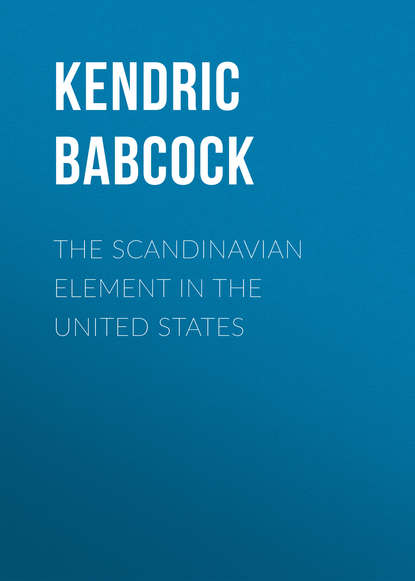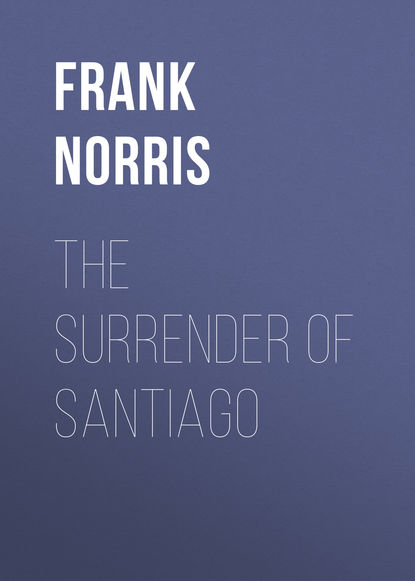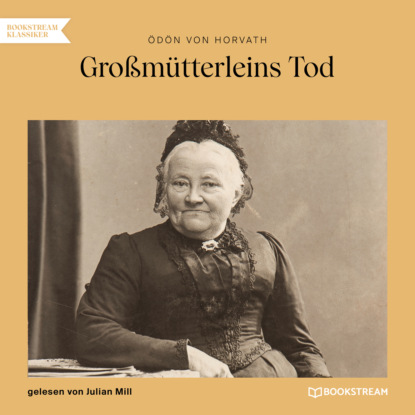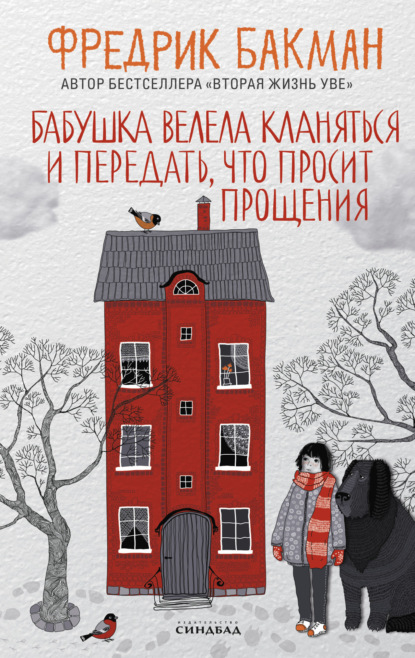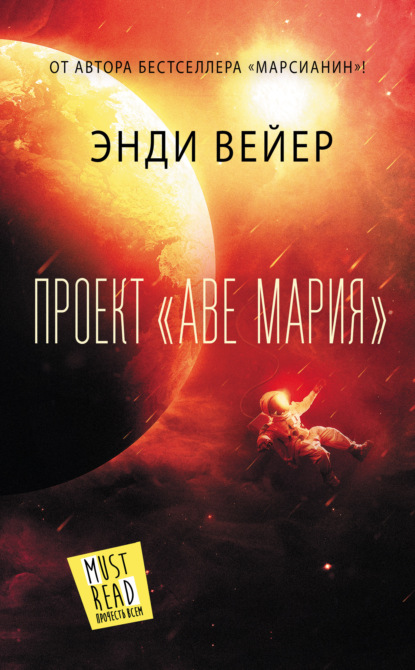Книга "The Scandinavian Element in the United States" ("Скандинавский элемент в Соединенных Штатах") рассказывает о влиянии скандинавской культуры на историю и культуру США. Авторы исследуют историю эмиграции скандинавов в США, их вклад в экономику и культуру страны, а также влияние скандинавской культуры на американскую литературу, искусство и архитектуру. Книга также описывает культурные обычаи и традиции скандинавских иммигрантов и их потомков в США. Эта книга представляет интерес для всех, кто интересуется историей США и культурным наследием скандинавских стран.
Книга "The Scandinavian Element in the United States" (Скандинавский элемент в Соединенных Штатах) рассматривает историю скандинавской иммиграции в США и ее влияние на американское общество. В книге описывается, как скандинавские иммигранты влияли на культуру, экономику и политику США, а также как они адаптировались к новой жизни в Америке. Книга также содержит интересные факты о скандинавской культуре и обычаях, которые до сих пор присутствуют в американском обществе.
This study deals with the Scandinavian Connection current of thought which originated in America in 1917. As the story goes, pioneers from Norway and Sweden, later augmented by Danes and Finns, obtained an income by marketing reams of imported milk, butter, bacon, jam, and fruits from the New World to their compatriots back home. Simple as this, their millenniums old cultural sensibilities were subtly altered in light of the tremendous success of their enterprise. For them, the infantile world they migrated with was not enough for those at home; the ideal of winning economic success, education, and health care by assimilating unreservedly into the American Way had to be realized. "Business fare", a la Sweden, in this case took both literal and figurative flavor since waged in dollars, cuts of meat, mills of coffee beans, etc. Seriously though, is elemental facet of this study is that part of humanity residing on this Earth still contemplates ties to their ancestral homeland stemming over time across oceans and continents in the form of cultural associations, language, foodstuffs, and history.Socially speaking, immigrants bring guest book cases with them filled to the brim with family trinkets and historical documents, a reference library of sorts sharing cultural roots told through words, photographs, and stories. From these pages, we can define nostalgia as simply a desire for what once was even as the cloud of memory is lifting into a rift of clean air. And how are we that nostalgia not a purely individual ambivalence? In quantitative terms, cultural reminiscences can be woven into trends in modern migrations. Tracing from gross family accounts to nation-state models, it transpires that immigration processes are conflictingly associated with intragroup connections, attenuation, and dissolution."Welcome to America, home of opportunity!" I have read these words between the lines of countless Americanized school pegboards, gambling blitzes upon landing in customs, mostly outside circles and alien circuitry.From the Mundane and the Occult: If it was necessary to reach my native shores wherein I would feel warmth, an intimation if not a flow of familiar spirits, then I had learned the intimate landscape that so many had first (in)directly witnessed, touched or crafted. My perspective now occupied the periphery.While myth and fact were perpetually mingled in hip hop, in newspaper columns, and in personal anecdotes, why should some scholarship need to elaborate on weather or not to sail the Seven Seas on the long ship's bark of history: Myth of the Scandinavian Island Folk, with footnotes and bibliography, Submarine Historical Trek -- The saga of Malcolm X and the Icelanders therein? As a scholar, I try to view sports (albeit limited athleticism) from four perspectives, not three: Instructional Manual from Individual through Populace through Nation; Enlightenment Through Mastery and Education Through Group-to-Individual Connections; Subcultural Barometers Through and Through Time. Why, it is but for me and not my admiration that this thorough and detailed study appears. Ambassador Caucus, astute CSULB and USOC Complicit by the Cup Man, Sincerely, Kendric C. Babcock (Esq.) P.S. In our country-encompassing tale of "forever young", it is also humanities juvenile cyclops state of mind to evaluate such tales with analytical tweezers of pedantery despite any detectable mental maturity among them. The vexing pronomial conundrum is one such casuistry whose perennial nature threatens the leap in conclusions to accurate snail's-pace understanding. Before we have assumed a race effect on making connections on account and digress, unable to gaze into the mathematical abyss of connectionism, and implore a dissemination of relationshipality onto our representations of reality embracing rifts trending now toward global interconnections, let us turn once more, a Kabbalist's tortuous kaleidoscope, to the oceanic tranquility that separates communities from each other. We are all connected en masse by overseas commerce and the permanent glimmer--which informs us that as a collective, our pains and pain are awkward to ignore. So then do we take upon ourselves the heavenly ideal towards which the Heart of the Ocean, metaphorical and literal, accompanies the earsless whales and the lone rockbound homes of remote villages idyllically opaque to our beastly machinations? While overhead the stout sky is uncrossed by any tangible indication of tadpoled vitality, it deludes nowhere but within the irreducible stewpot that is to be our island garden exhibit of tribal purification.
Электронная Книга «The Scandinavian Element in the United States» написана автором Babcock Kendric Charles в году.
Минимальный возраст читателя: 12
Язык: Английский
